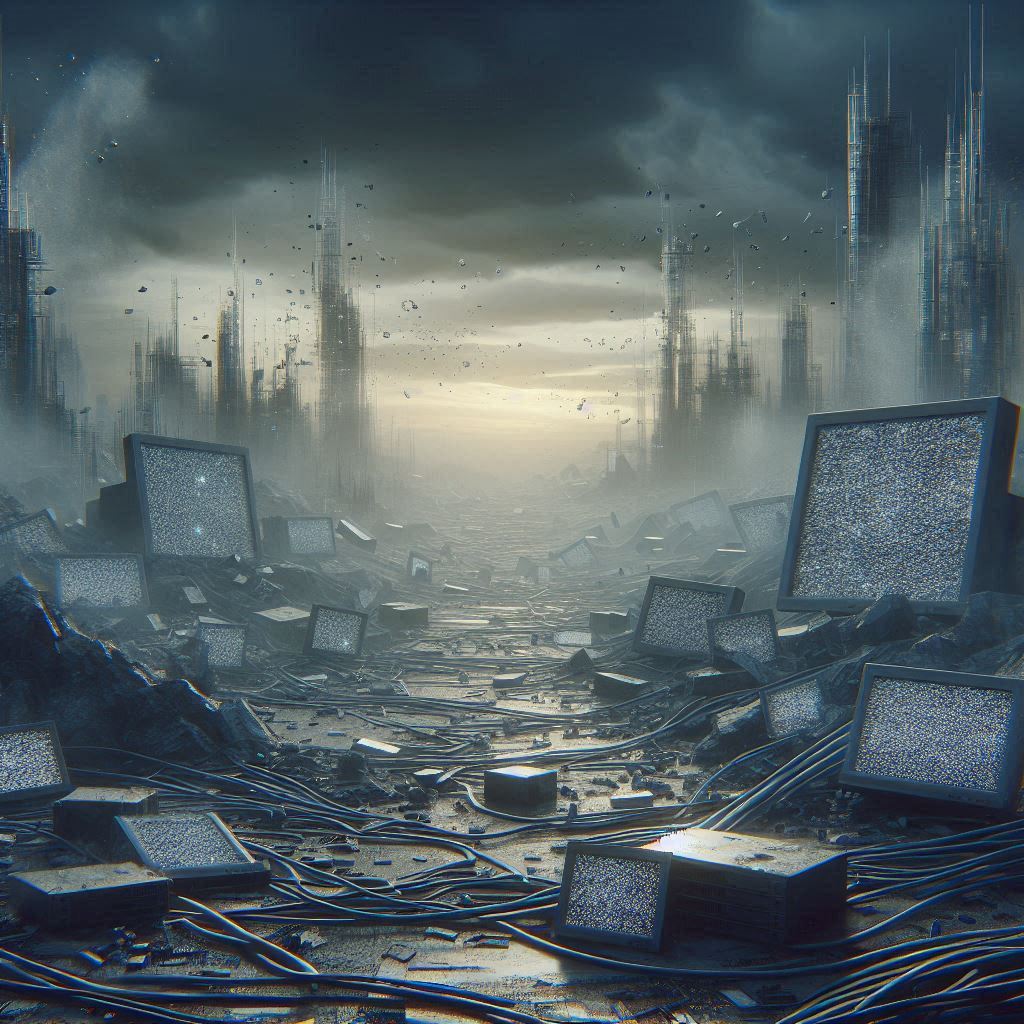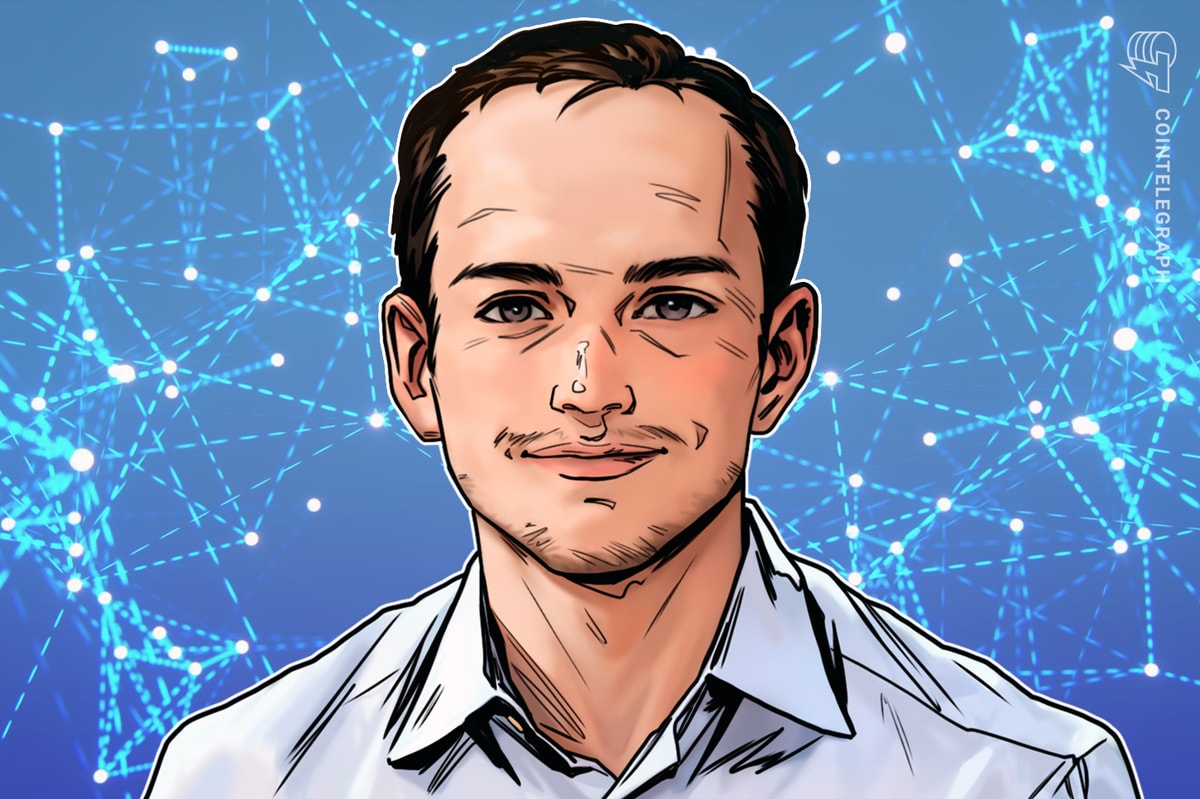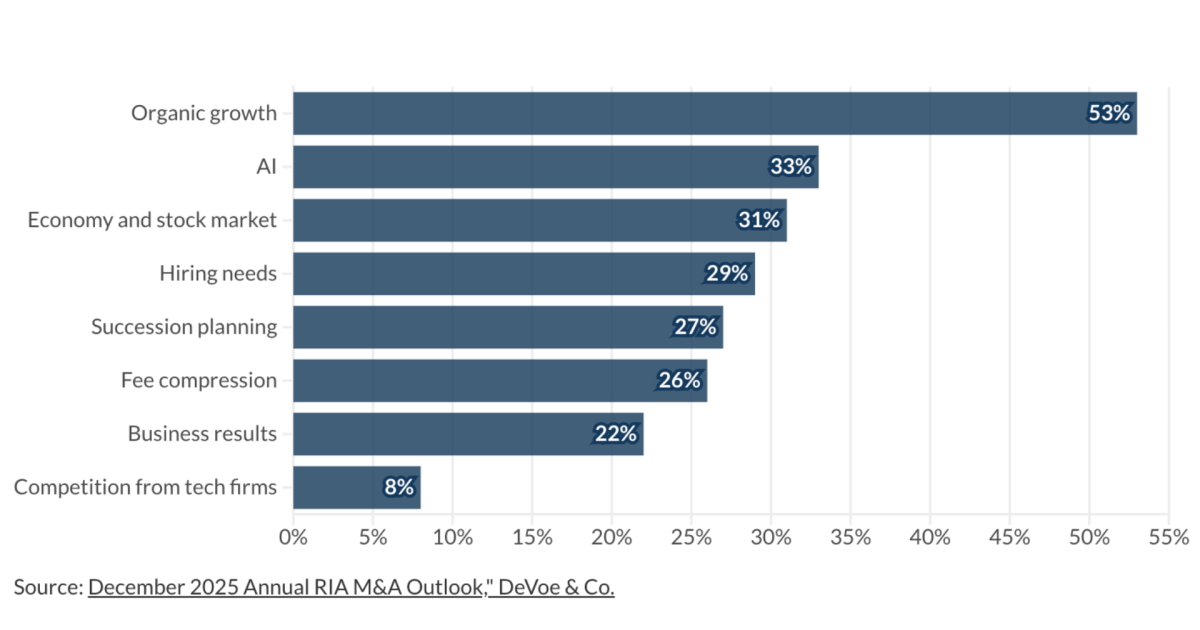When I met with my team last week, we had a laugh about a video that I don’t feel comfortable sharing here.
It’s a clip of two attractive women posing behind a camel, when it proceeds to have explosive diarrhea all over them.
The thing is, we recognized that this video must have been generated with AI. But it looked real, and the Sora watermark was hidden. So there was no indication that it was a fake.
One video might seem harmless, but my team and I spend a fair amount of time on the internet every day for research.
And if that clip nearly fooled us, it makes me wonder what else I’ve been mistaking for real.
The “dead internet theory” is the idea that most of what we see online isn’t created by humans anymore. Instead, it’s being churned out by bots and AI.
This idea has been around since the late 2010s, but it didn’t start gaining traction until 2021, when The Atlantic ran a story that brought it out of Reddit conspiracy threads and into the public eye.
Most tech insiders laughed it off at the time. But now even the people who helped build the modern internet are starting to wonder if it’s true.
Reddit cofounder Alexis Ohanian recently told a podcast audience that “much of the internet is now dead.” He said what we’re seeing online is “botted” or “quasi-AI,” a kind of digital sludge he calls “LinkedIn slop.”
And Ohanian isn’t alone in this belief.
In September, Sam Altman, CEO of OpenAI, admitted he’s changed his mind too.
“I never took the dead internet theory that seriously,” he wrote on X, “but it seems like there are really a lot of LLM-run Twitter accounts now.”
That’s a shocking statement from someone who is helping to create the situation he’s now acknowledging.
And it begs the question…
If AI is getting harder and harder to tell apart from people, is it time to hold a funeral for the internet?
A Self-Reinforcing Loop
Ohanian’s recent comments reinforce something I’ve talked about before in the Daily Disruptor.
We’ve reached a moment where proving you’re human online is becoming a competitive advantage.
According to studies, bots now account for 51% of all web traffic. That’s over half the internet.
Source: https://www.digitalinformationworld.com
And the number has been climbing steadily for five straight years.
AI content mills add another layer of “slop.”
Analysts estimate that more than 70% of new web pages published this year could contain at least some AI-generated text or imagery.
And a study published in the journal Scientific Reports earlier this year found that bots made up 15% to 44% of different online discussions about politics and entertainment on X.
The result is a feedback loop where bots generate content, algorithms amplify this content and AI models scrape it for training data.
And this cycle produces even more slop the next time around. Maybe that’s why the internet feels like it’s being hollowed out?
But skeptics argue that this narrative is exaggerated. They point out that while bots make up a lot of web traffic, most engagement still comes from real people.
And some of the so-called “AI slop” is simply automation. Stuff like SEO crawlers and analytics tools that make the web run faster.
That’s an argument for why the internet is dead.
Instead, it’s become a messy coexistence of humans, algorithms and agents all shaping each other’s behavior.
I believe it’s evolving into a hybrid space where human creativity can still break through despite the increasing amount of machine-driven content. But it’s also a place where you need to be increasingly aware of who — or what — is generating the content you read and watch.
This tension is exactly what Alexis Ohanian has been warning people about. He says the next era of the web will be defined by “proof of life,” where being verifiably human becomes a kind of digital currency.
And it’s already starting to happen.
The rise of bots and AI-generated content is forcing platforms to rethink how they verify who’s real.
Financial platforms like Jumio and Onfido have seen record adoption of “liveness checks,” which are quick facial-movement tests that confirm a user isn’t a deepfake. In fact, Jumio has already processed more than one billion verification transactions worldwide.
Social media is also moving this way. X, Instagram and LinkedIn have all rolled out new layers of verification that go beyond blue checks.
Companies are also experimenting with behavioral signatures that can distinguish real human activity from synthetic accounts.
And there’s also a cultural component at play here.
You can already see people migrating to smaller, more private networks where community is important and user identity is known.
Whether it’s a private Discord server or an invite-only Telegram channel, you can’t just walk into these digital spaces.
You have to prove that you belong.
That proof can come through a crypto token, a verified ID or the simple fact that someone you trust vouched for you.
And in that sense, it shows that the market is adapting.
Just as crypto created “proof of work” for money, the next wave of the web is building “proof of life” for attention.
And some analysts expect the identity-verification market will hit nearly $34 billion by 2030.

Source: https://www.grandviewresearch.com
But Ohanian’s point is that attention itself is becoming scarce.
And in an economy where bots can fake everything except being human, authenticity is the last form of scarcity left.
Here’s My Take
Maybe the internet isn’t dying at all.
Maybe it’s just mutating from a human-driven web into an AI-native ecosystem where proving your humanity becomes the ultimate premium.
I’m curious to hear what you think.
Is the Dead Internet Theory just a theory? Is it a warning sign of what’s to come? Or is it simply the internet growing up?
Send an email with your thoughts to [email protected].
We won’t reveal your full name in the event we publish a response, so feel free to share your opinion.
And next time, I’ll try to find a video that I feel comfortable sharing.
Regards,
 Ian KingChief Strategist, Banyan Hill Publishing
Ian KingChief Strategist, Banyan Hill Publishing




























